Saab Recasts Itself As Auto Industry's Answer To Wal-Mart
Saab has started paying suppliers again (although production hasn’t restarted yet), and CEO Victor Muller is once again all popped-collar confidence as he dismisses the “speed bump” that he blames on negative publicity. But behind Mueller’s yacht-club breeziness and talk of “true Saabs,” major changes are afoot in Saab’s business model. Saab’s deal with Hawtai, the product of a desperate search for support in the midst of a liquidity crisis, has changed how Muller sees the global car business, and as a result he’s shopping what may be Saab’s last meaningful asset: Western dealerships. Muller explains his thinking to Automotive News [sub]
We laughed when the Japanese came. We laughed when the Koreans came. But we will not be laughing when the Chinese come. The Chinese are like a steamroller. It took 67 years to build up our dealer network. It is the biggest asset not on our asset sheet, and these guys buy into it for free. If they make the proper cars, can you image how much simpler it will be to push product through the distribution network that is already there? It is like a railway network that is already there.
Bertel and I have a running bet about whether the first actual Chinese import to the US (not a converted glider) will be a Chinese brand or one of the western brands… but it’s not much of a bet because neither of us can ever commit to picking one brand that seems most likely to bust America’s Chinese car cherry, and our “bets” change on a weekly basis. In any case, though, think it’s safe to say that neither of us saw Saab as playing much of a role in any of the scenarios we’ve discussed.
Regardless, Muller’s attitude towards the Chinese industry is something akin to a sailor on shore leave, with a “come one, come all” approach to dangling its dealer networks in front of the entire Middle Kingdom. That’s right, Saab and Muller are in the general-purpose Chinese car evangelism business, rather than being tied up in some kind of exclusive deal with Hawtai.
Asked if this would be a vehicle produced by Hawtai, Muller said “there are 120 companies” in China. Saab would be interested in “the one with a strategy,” he said.
And what about branding? Will Saab be careful to pick only the safest, most upscale Chinese cars and brands to sell at its struggling dealer network?
Muller said the first Chinese cars sold here likely would not receive a 5-star safety rating. But he expects a low price would attract buyers.
In China “you can get a $10,000 SUV with air conditioning and electric windows, everything that was ever invented for a car. Do you really worry about a five-star (crash rating)? They look good,” he said.
Sweet. So, rather than using Hawtai’s ridiculous diesel engine production overcapacity to re-cast Saab as a diesel-first, Euro-niche maker, Saab’s struggling dealer base is being dangled as the automotive industry’s answer to Wal-Mart. Sure, there will be a day of reckoning when the Chinese start selling cars in the US, but many of the more legitimate Chinese OEMs have acknowledged that their products aren’t ready for the US yet. Chinese automakers who are tempted by Saab’s siren call of US-market exports should beware: with so much popular suspicion and antipathy towards China here in the US, a premature launch of not-ready-for-primetime products could set the entire Chinese industry’s US market ambitions back by years. Plus, you’d have to go into business with Saab. We’d suggest sitting this one out.
More by Edward Niedermeyer
Latest Car Reviews
Read moreLatest Product Reviews
Read moreRecent Comments
- Dave Holzman Golden2husky remember you from well over decade ago in these comments. If I wanted to have a screen name that reflected my canine companionship, I'd be BorderCollie as of about five years go. Life is definitely better with dogs.
- Dave Holzman You're right about that!
- EBFlex It will have exactly zero effect
- THX1136 What happened to the other companies that were going to build charging stations? Maybe I'm not remembering clearly OR maybe the money the government gave them hasn't been applied to building some at this point. Sincere question/no snark.
- VoGhost ChatGPT, Review the following article from Automotive News: and create an 800 word essay summarizing the content. Then re-write the essay from the perspective of an ExxonMobil public relations executive looking to encourage the use of petroleum. Ensure the essay has biases that reinforce the views of my audience of elderly white Trump-loving Americans with minimal education. Then write a headline for the essay that will anger this audience and encourage them to read the article and add their own thoughts in the comments. Then use the publish routine to publish the essay under “news blog” using Matt Posky listing the author to completely subvert the purpose of The Truth About Cars.




















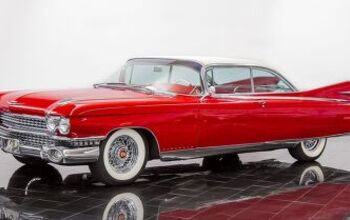
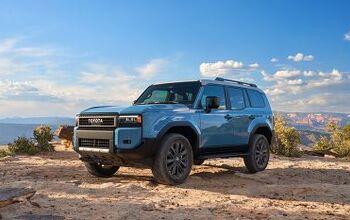
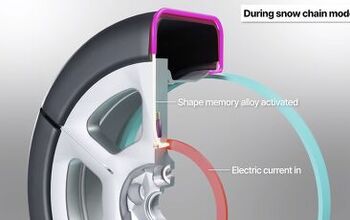
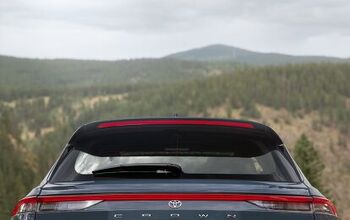
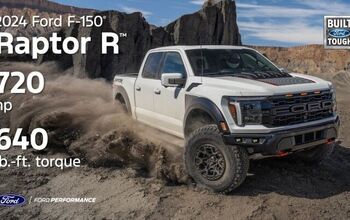
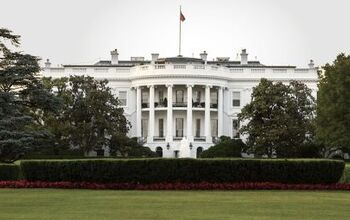

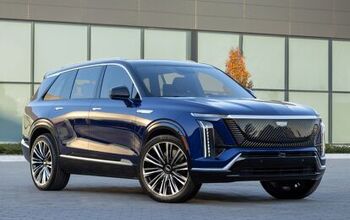
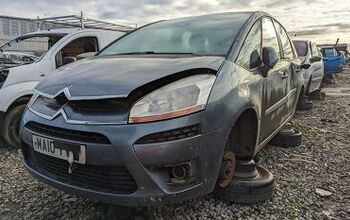
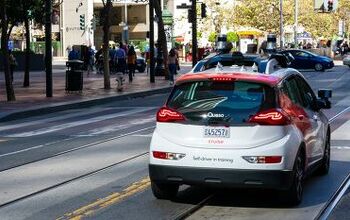
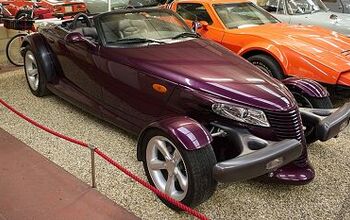
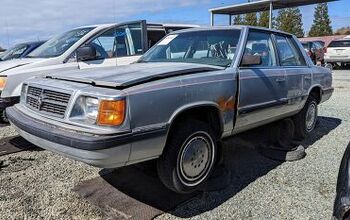
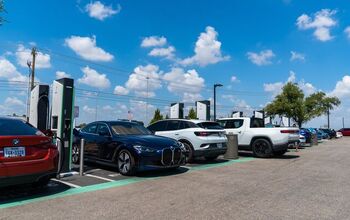
Comments
Join the conversation
Certainly there is a right to question certain statements or aspects of Muller's overall business plan. The whole enterprise may yet fall down permanently at some point in the future, because of the aformentioned conditions of the industry and markets as a whole. But each additional day that Saab stays around, and by its very existence continues to irritate certain automotive blogs and their Amen choruses, that's a good day.
Given the size and geographic distribution of the Saab U.S. dealer network, I question why anyone would want use it to introduce a first model, unless they really love challenges. At best it would be a niche market player, useful only as a training ground for U.S. marketing experience. I don't know how your bet is structured, but given the Chinese government's preferences and strong-arm ability to control the who-what-when of its exports, put me down on the side predicting the first all-Chinese-built car to be imported by GM, maybe with a 50-50 chance of it having a Chevrolet nameplate.